Summary
The pond is stocked regularly with rainbow, brown, and brook trout, making it an ideal place for anglers of all skill levels. In addition to trout, the pond also has a variety of other fish species such as bluegill, largemouth bass, and channel catfish.
Aside from fishing, there are plenty of other activities to enjoy in the area, like hiking, picnicking, and camping. The pond is surrounded by breathtaking natural beauty and is a great place to relax and escape the hustle and bustle of everyday life.
When it comes to fishing tips, it's important to use the right bait or lure and to fish at different depths until you find where the fish are biting. Anglers should also pay attention to the weather and avoid fishing during harsh weather conditions, as this can greatly affect the behavior of the fish.
The best time to visit Braley Pond Day Use Area is typically during the spring and fall months when the temperatures are mild, averaging around 60-70°F. This is also when the trout fishing is at its best, as the cooler temperatures make the fish more active and easier to catch.
Overall, Braley Pond Day Use Area is an excellent fishing destination in Virginia, with plenty of opportunities to catch a variety of fish species and enjoy the great outdoors.
Weather Forecast
Nearby Streamflow Levels
Angling Safety Guidelines
Check local fishing rules, seasons, size limits, and license requirements to ensure legal and sustainable angling.
Handle Fish Responsibly
Use wet hands, minimize air exposure, and release fish gently to improve survival rates when practicing catch-and-release.
Choose the Right Gear
Match your rod, line, and tackle to the species and conditions to increase success and reduce unnecessary harm to fish.
Respect the Waterway
Avoid disturbing habitat, prevent bank erosion, and keep a safe distance from spawning areas to protect ecosystems.
Keep It Clean
Pack out all line, hooks, bait containers, and trash—discarded gear can injure wildlife and degrade waterways.
Related Links
Area Campgrounds
| Location | Reservations | Toilets |
|---|---|---|
 North River Campground
North River Campground
|
||
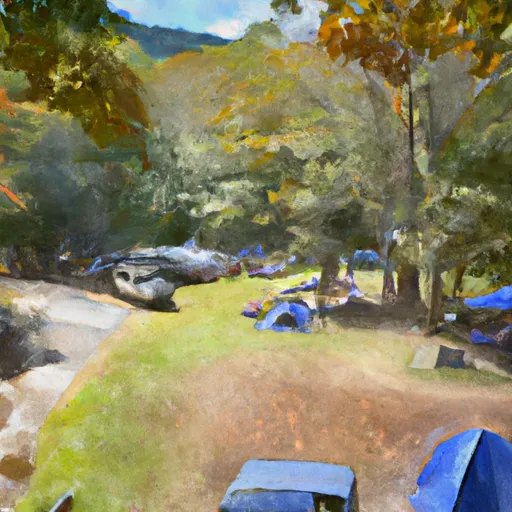 Shaws Fork Equestrian Campground
Shaws Fork Equestrian Campground
|
||
 Todd Lake Recreation Area
Todd Lake Recreation Area
|

 Elkhorn Lake Day Use Area
Elkhorn Lake Day Use Area
 Staunton Dam Day Use Area
Staunton Dam Day Use Area
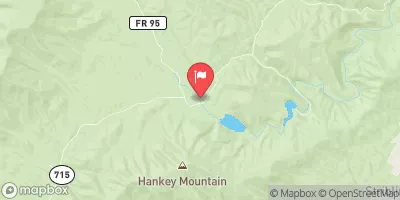
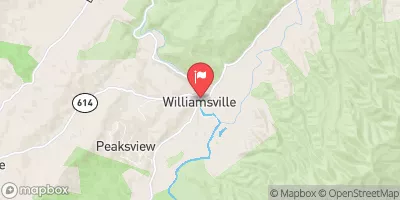
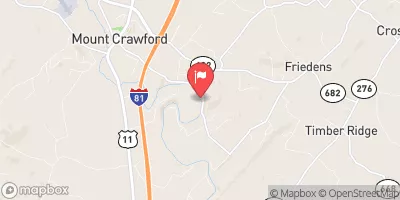
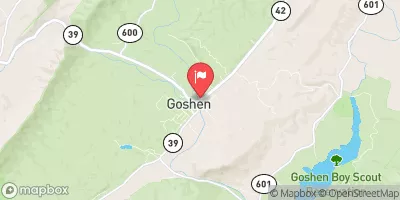
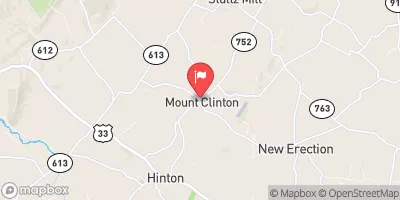
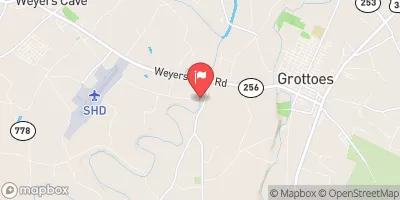
 Braley Dam
Braley Dam